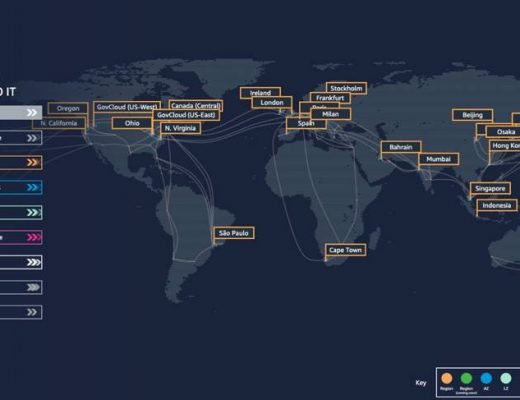This blog is a part of my journey “Embarking on the AWS Solution Architect Associate SAA-CO3 Certification Journey”
Elastic IPs
In the dynamic world of cloud computing, where resources can be created, modified, and deleted at a moment’s notice, having a static and reliable way to connect to your cloud-based assets is essential. Enter Elastic IPs, often referred to as EIPs. In this introduction, we’ll explore what Elastic IPs are and why they are a valuable asset in cloud infrastructure.
Introductory Points
- Dynamic IP Addresses: When you stop and then start an EC2 instance in AWS, it might get assigned a different public IP address.
- Need for IP Stability: If you require a consistent and unchanging public IP address for your AWS instance, you’ll want to use an Elastic IP.
- Single Instance Association: An Elastic IP can be associated with one EC2 instance at a time.
- Enhancing Redundancy: Elastic IP addresses provide a means to enhance the resilience of your AWS infrastructure. If an instance or software fails, you can swiftly remap the Elastic IP to another instance within your AWS account.
- Limit of 5 Elastic IPs: AWS allows a maximum of five Elastic IP addresses per AWS account.
- Best Practices to Avoid Elastic IPs:
- Architectural Decisions: Relying heavily on Elastic IP addresses might suggest a need for a reevaluation of your system’s architecture.
- Alternative Approaches: Instead of Elastic IPs, consider using random public IP addresses in conjunction with Domain Name System (DNS) registration.
- Load Balancers: Leverage AWS load balancers to distribute traffic efficiently among instances, reducing the need for Elastic IPs in certain scenarios.
Elastic Network Interfaces (ENIs)
- Logical component in VPC that represents a virtual network card.
- The ENI can have following attributes
- Primary Private IPv4, one more more secondary private IPv4
- One Elastic IP per private IPv4
- One public IPv4
- One or more security groups
- A MAC address
- ENIs are also flexible. You can unplug an ENI from one server and plug it into another, like moving a network cable from one computer to another. This is handy if one server has a problem, and you want to quickly switch to another.
- They are bound to specific Availability Zone

